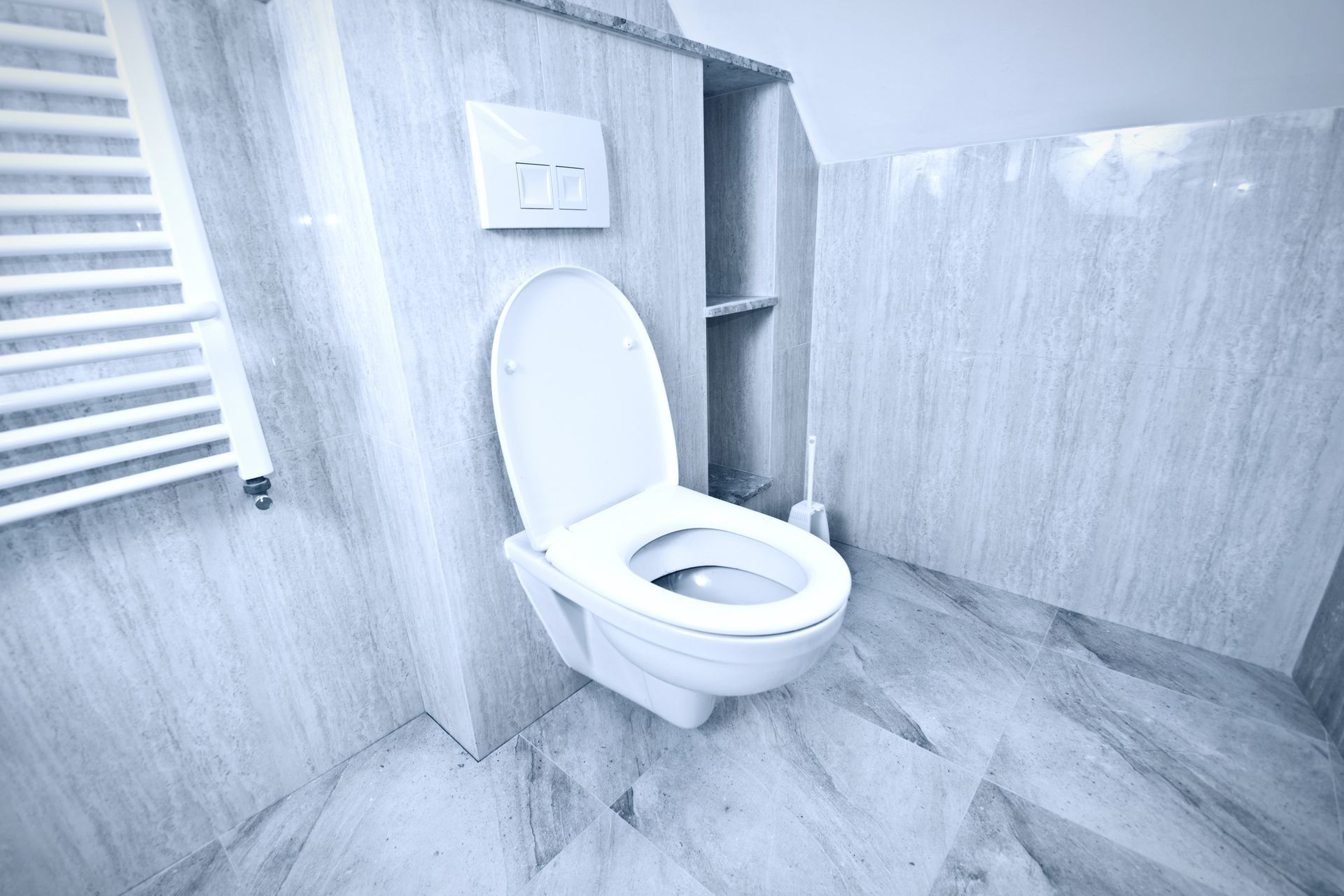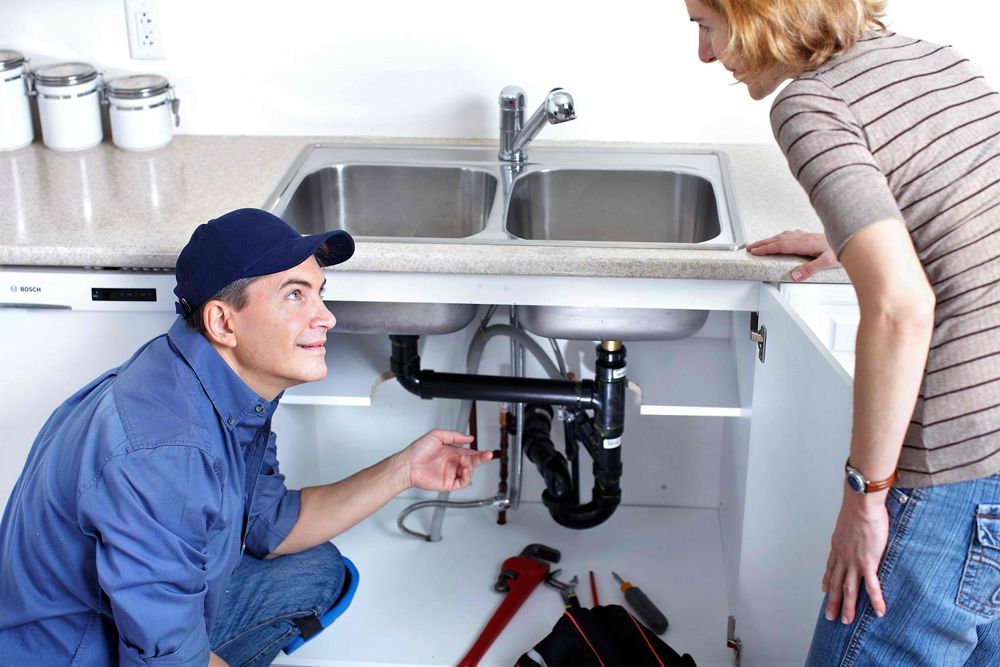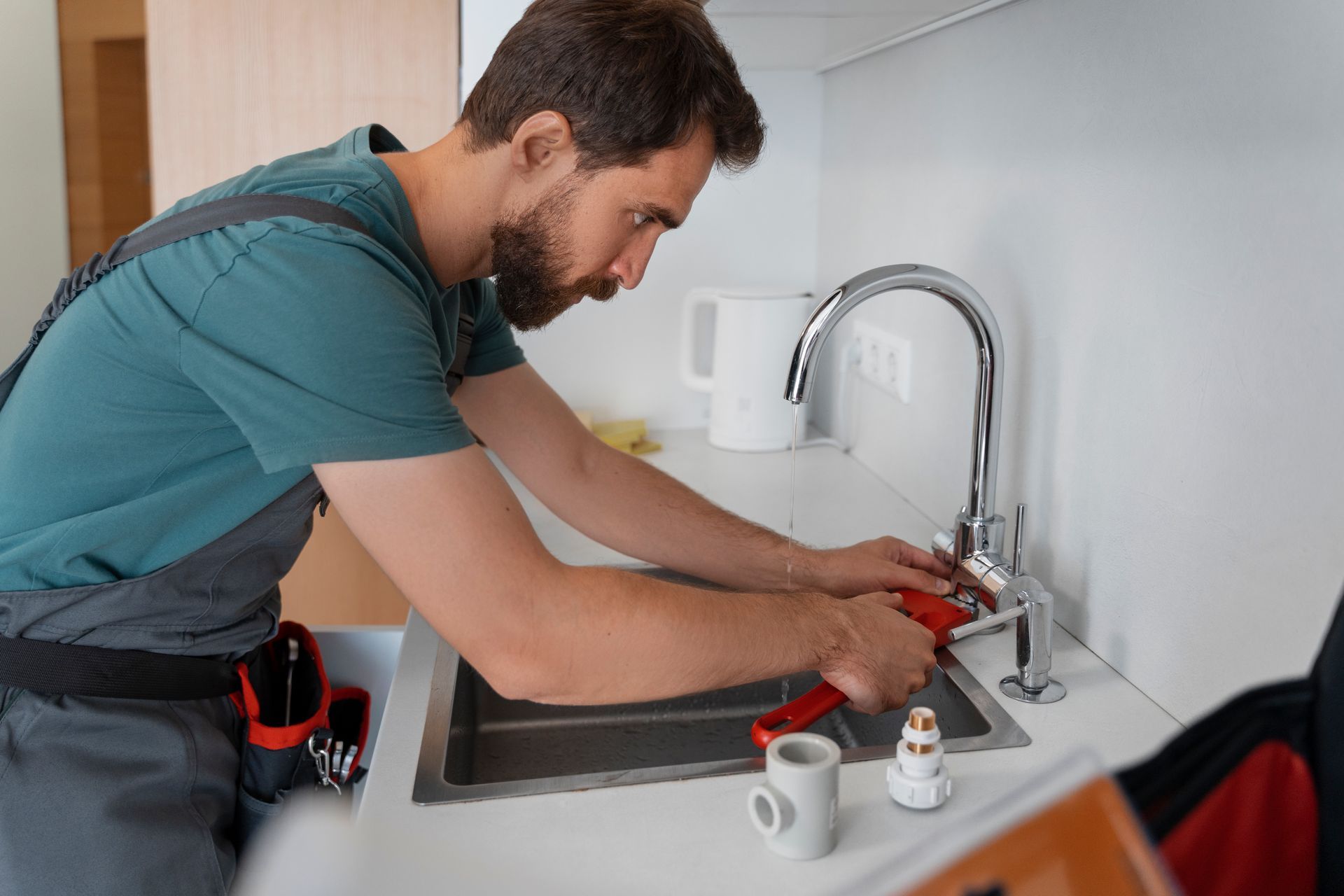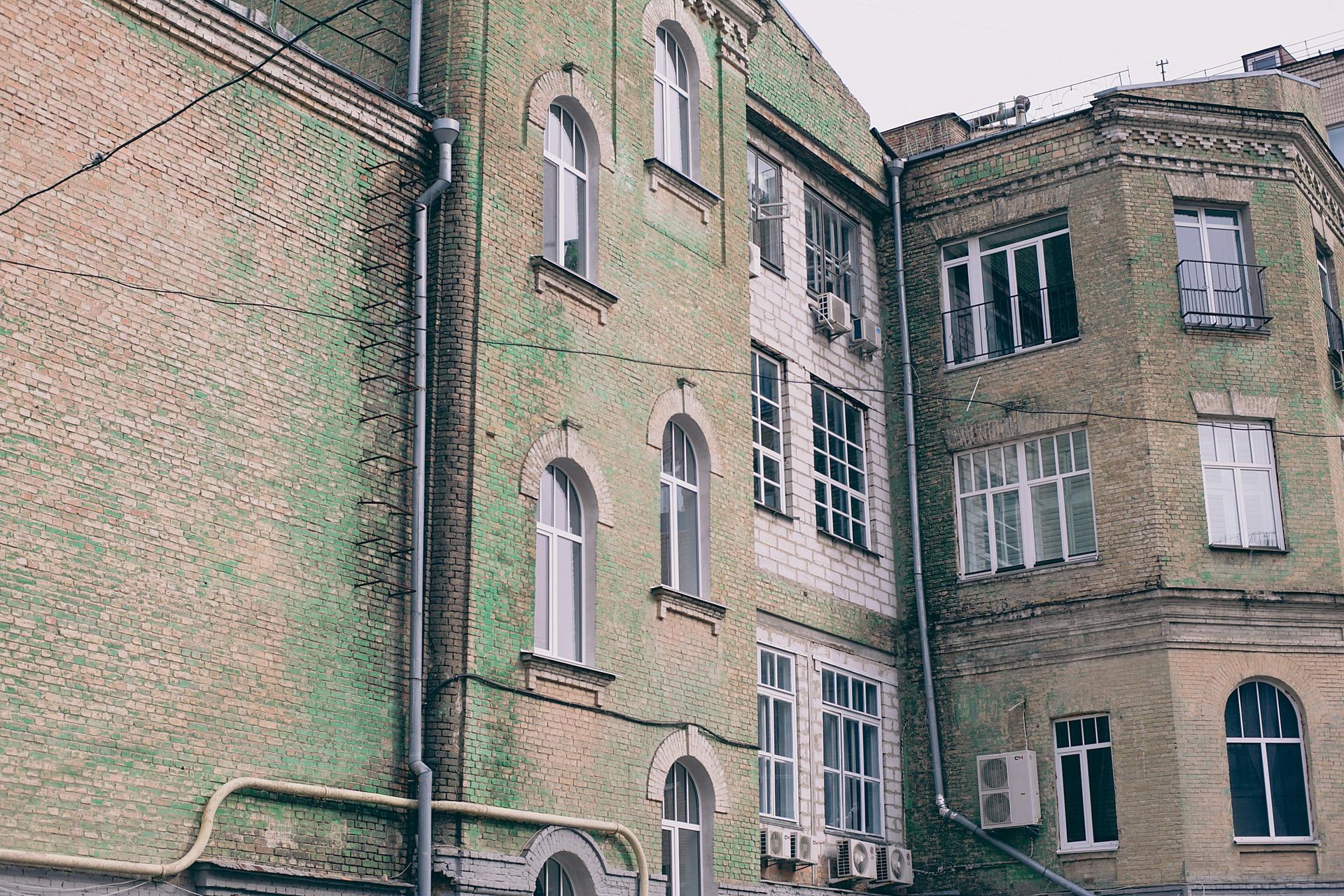What To Do If Your Water Pressure Drops Suddenly?
A sudden drop in water pressure can disrupt your daily routine and may signal anything from a minor plumbing issue to a significant problem within your home’s water system. Understanding the possible causes, how to troubleshoot, and when to call a professional can help you restore normal water flow and protect your property from further complications.
Identifying the Scope of the Problem
When you first notice a drop in water pressure, determine whether the issue affects just one or two fixtures or your entire home. If only a specific faucet or showerhead has weak flow, the problem may be isolated to a clogged aerator, a faulty valve, or a minor plumbing issue. Cleaning or replacing the affected fixture often resolves these localized problems.
However, if the low pressure is present throughout your entire home, this indicates a more systemic issue. Begin by turning on multiple faucets at once and observing if the pressure drops significantly. This can help you identify if there is a main line blockage or a widespread plumbing problem.
Common Causes of Sudden Water Pressure Drops
Clogged Pipes or Fixtures
Over time, pipes and fixtures can accumulate mineral deposits, rust, or debris, especially in areas with hard water. This buildup restricts water flow and can cause a noticeable drop in pressure. If you notice the problem is getting worse over time, it may be due to gradual clogging of your pipes or fixtures. Cleaning aerators and showerheads may help, but if the problem persists across multiple fixtures, a deeper blockage may be present.
Leaks in the Plumbing System
A hidden leak is one of the most common and serious causes of a sudden drop in water pressure. Even a small leak can significantly reduce pressure and waste large amounts of water. Signs of a leak include damp spots under sinks, around appliances, or near your water heater, as well as an unexplained increase in your water bill. If you suspect a leak but cannot locate it, this is a clear instance when to call a professional, as specialized tools may be needed to detect and repair hidden leaks.
Faulty Pressure Regulator
The pressure regulator is a valve that controls the water pressure entering your home. If it fails, you may experience sudden pressure drops or surges, which can damage pipes and appliances. Symptoms of a failing regulator include fluctuating pressure, banging noises in the pipes, or consistently low or high pressure throughout the home. Replacing a faulty pressure regulator typically requires professional expertise to ensure the correct installation and calibration.
Partially Closed or Malfunctioning Valves
Sometimes, a main shut-off valve or individual fixture valve may not be fully open, especially after recent plumbing work. Check that all valves, particularly the main shut-off valve near your water meter, are fully open. If adjusting the valves does not restore pressure, the underlying issue may be more complex.
Municipal Water Supply Issues
Occasionally, the problem lies outside your home. If your neighbors are experiencing similar pressure drops, there may be maintenance or issues with the municipal water supply. In such cases, contact your local water provider for updates and guidance.
Troubleshooting Steps for Homeowners
Start by cleaning faucet aerators and showerheads to remove any mineral buildup. Check all visible valves to ensure they are fully open. If only the hot water tap is affected, try flushing your water heater to clear out sediment that may be blocking water flow.
If these steps do not resolve the issue, inspect your home for signs of leaks or dampness. Listen for unusual sounds in your plumbing and observe for rust-colored water, which could indicate pipe corrosion. If you have access to your pressure regulator, check for signs of malfunction, such as pressure fluctuations or unusual noises.
When to Call a Professional
While some minor issues can be addressed with basic troubleshooting, persistent or widespread low water pressure is often a sign of more serious problems such as hidden leaks, corroded pipes, or a failing pressure regulator. If you notice low pressure throughout your home, visible signs of leaks or water damage, or sudden changes in pressure, it is crucial to call a professional plumber. They have the expertise and equipment to diagnose and resolve complex issues, protecting your home from further damage and restoring normal water flow.
Conclusion: Act Quickly, Protect Your Home
A sudden drop in water pressure should never be ignored. By quickly identifying the scope of the problem and taking initial troubleshooting steps, you can often resolve minor issues yourself. However, for persistent, widespread, or unexplained drops in pressure, knowing when to call a professional is essential to safeguard your plumbing system and prevent costly repairs. If you’re ever in doubt, consulting a licensed plumber is the best way to ensure your water supply remains safe and reliable.
If you have questions about your home’s water pressure or need help diagnosing a problem, feel free to ask for expert advice tailored to your situation.











